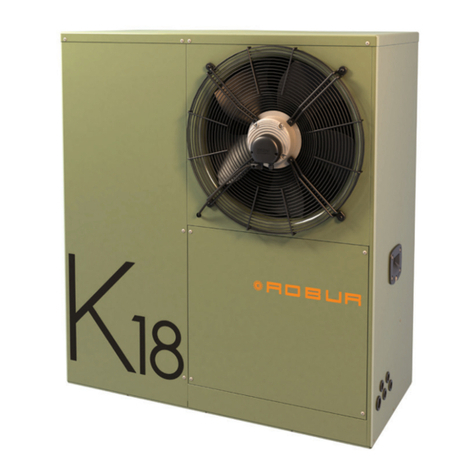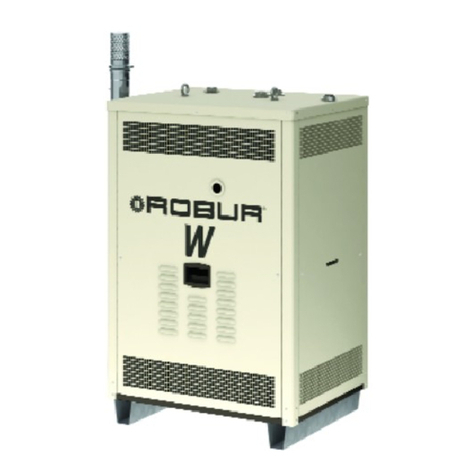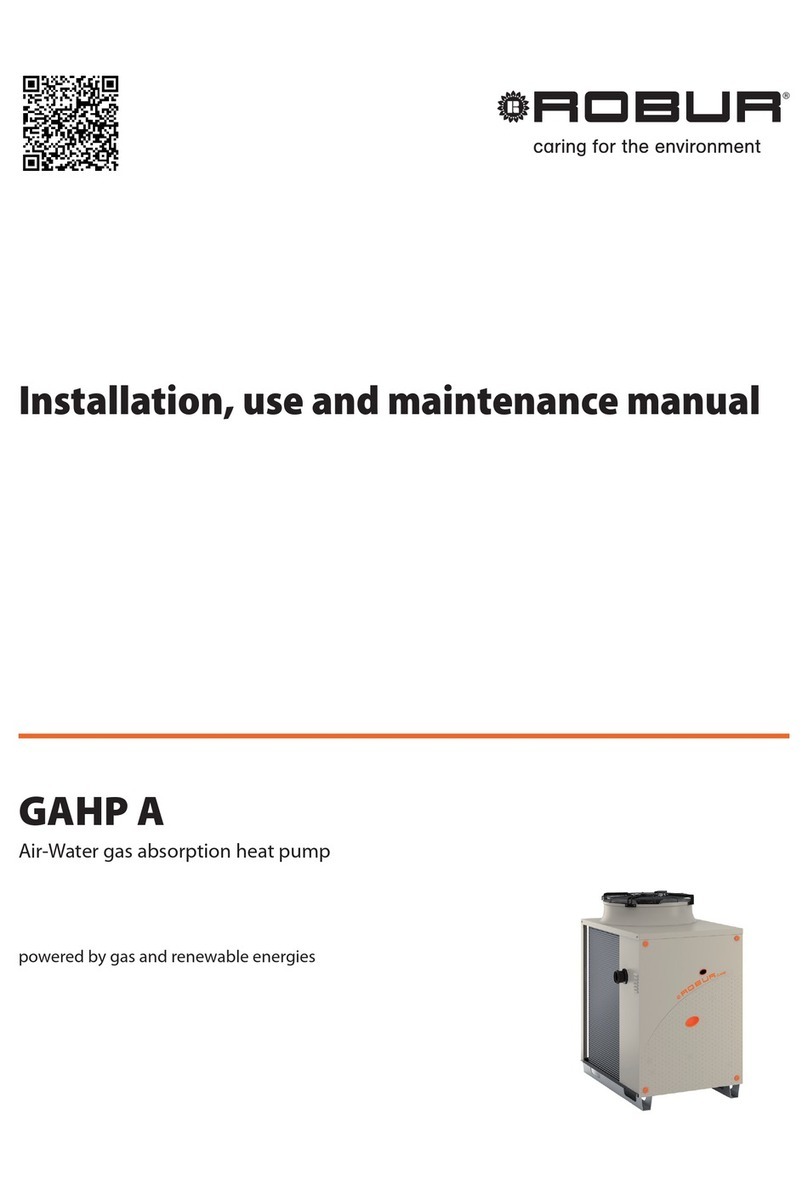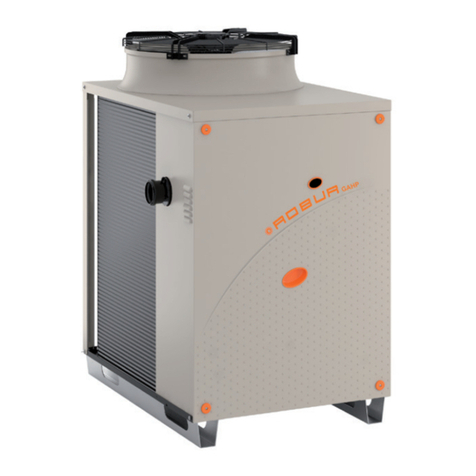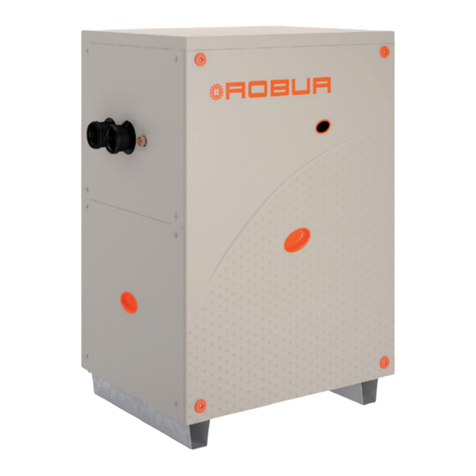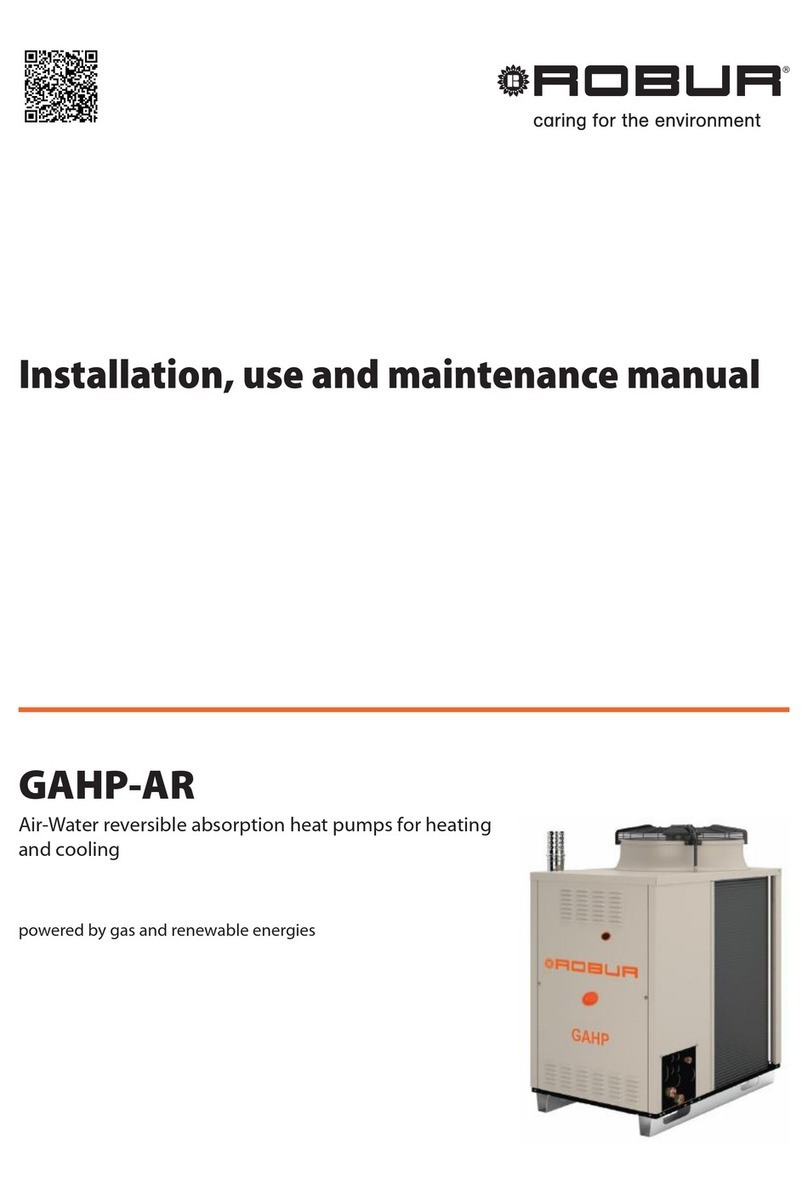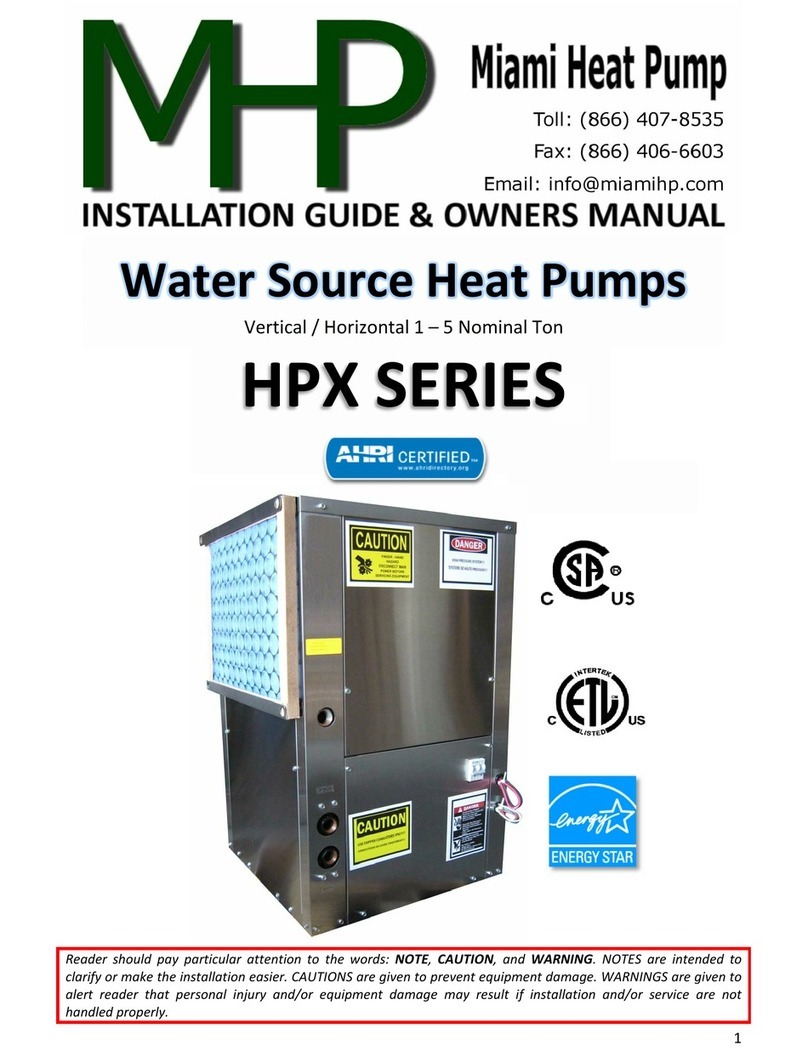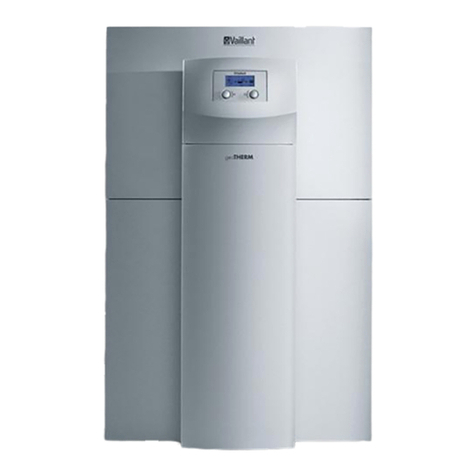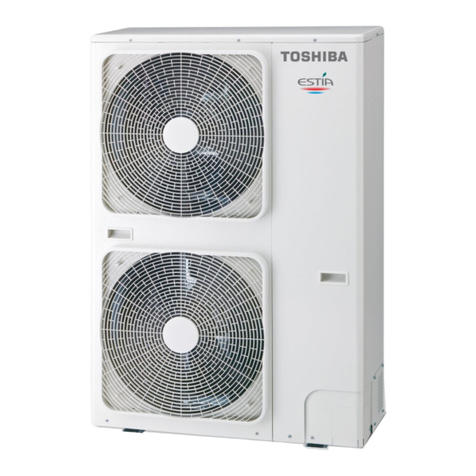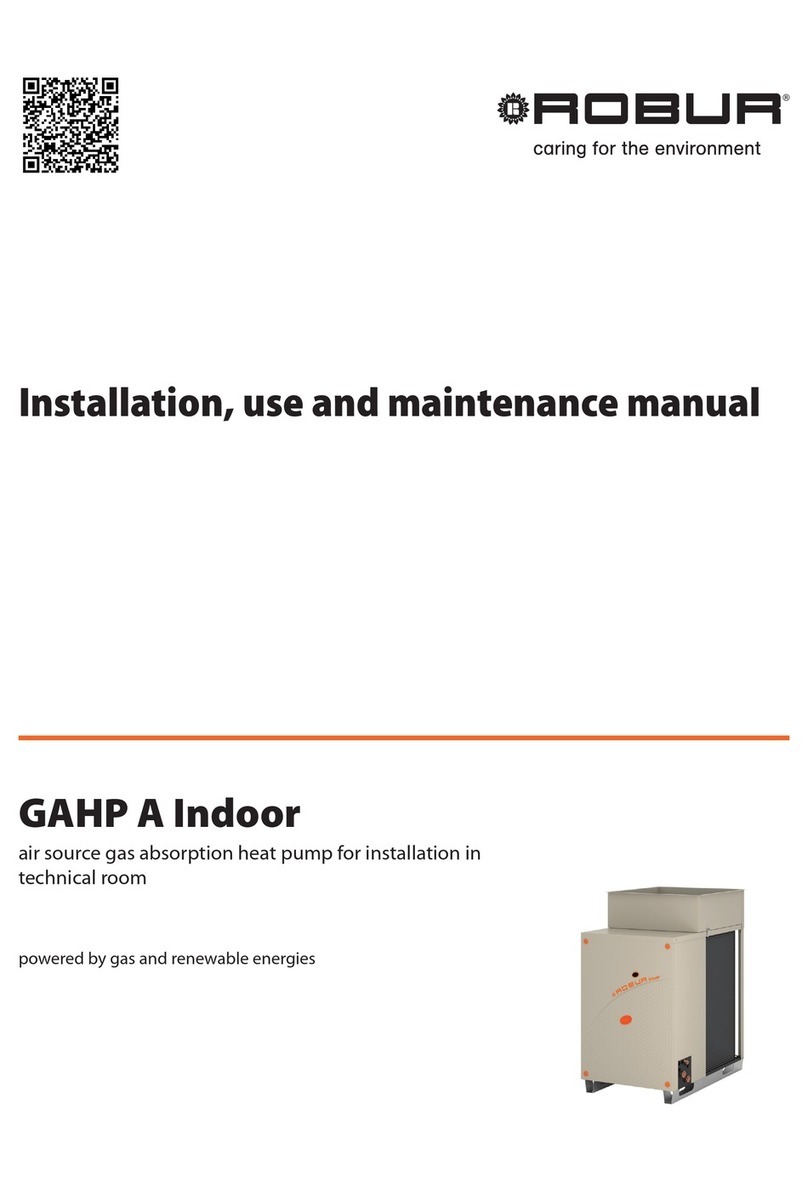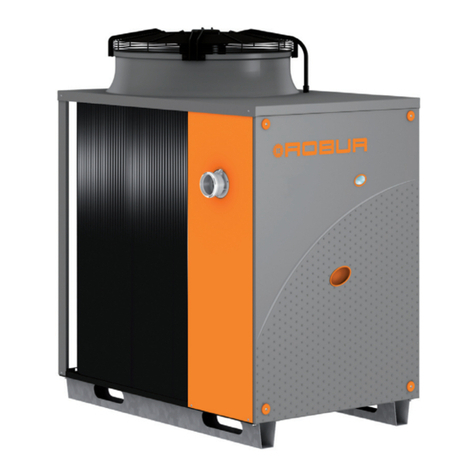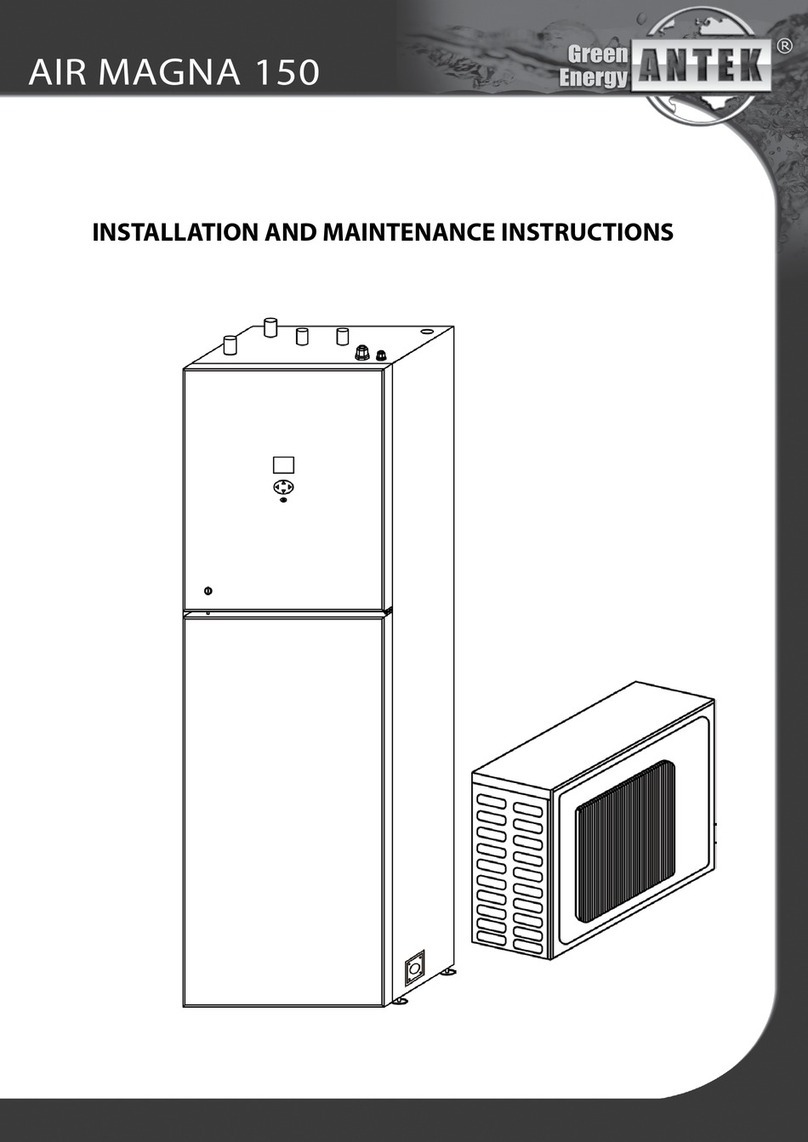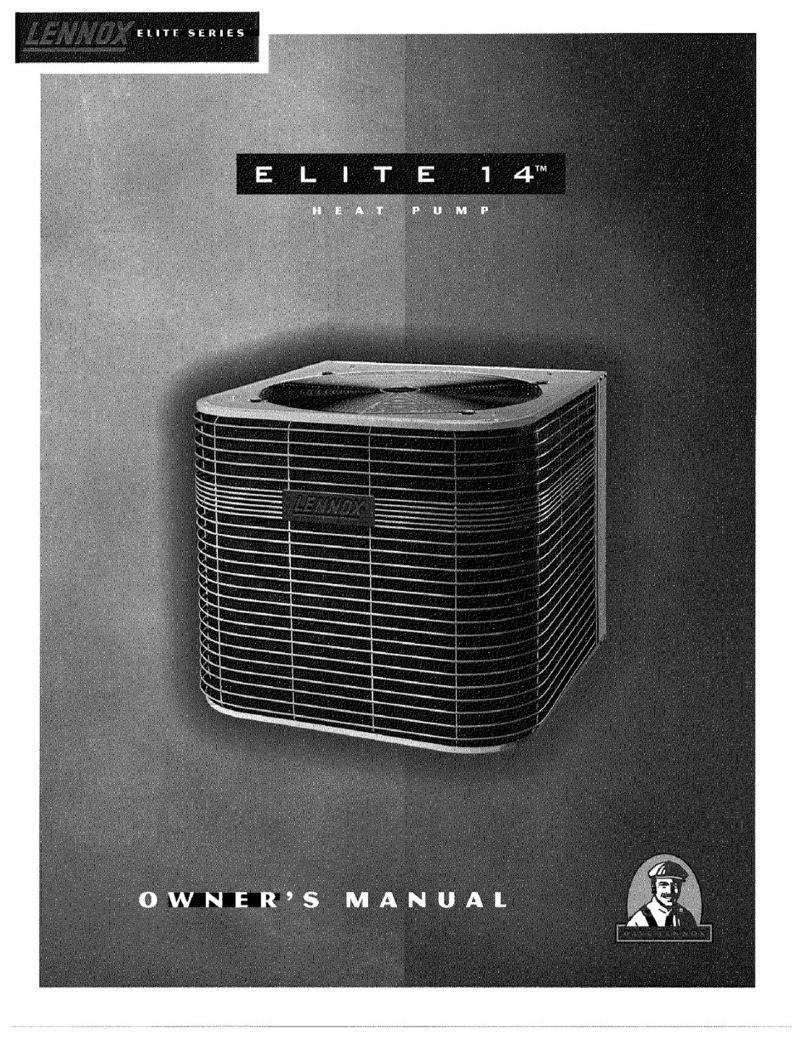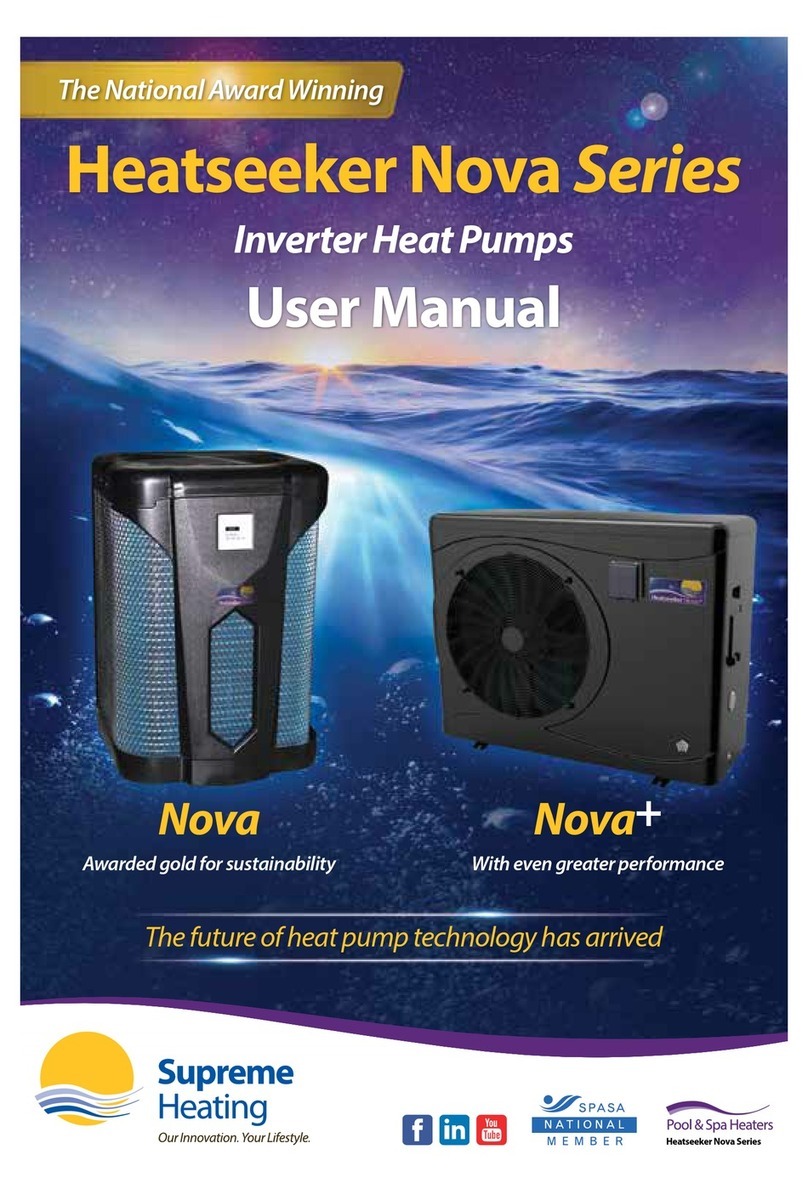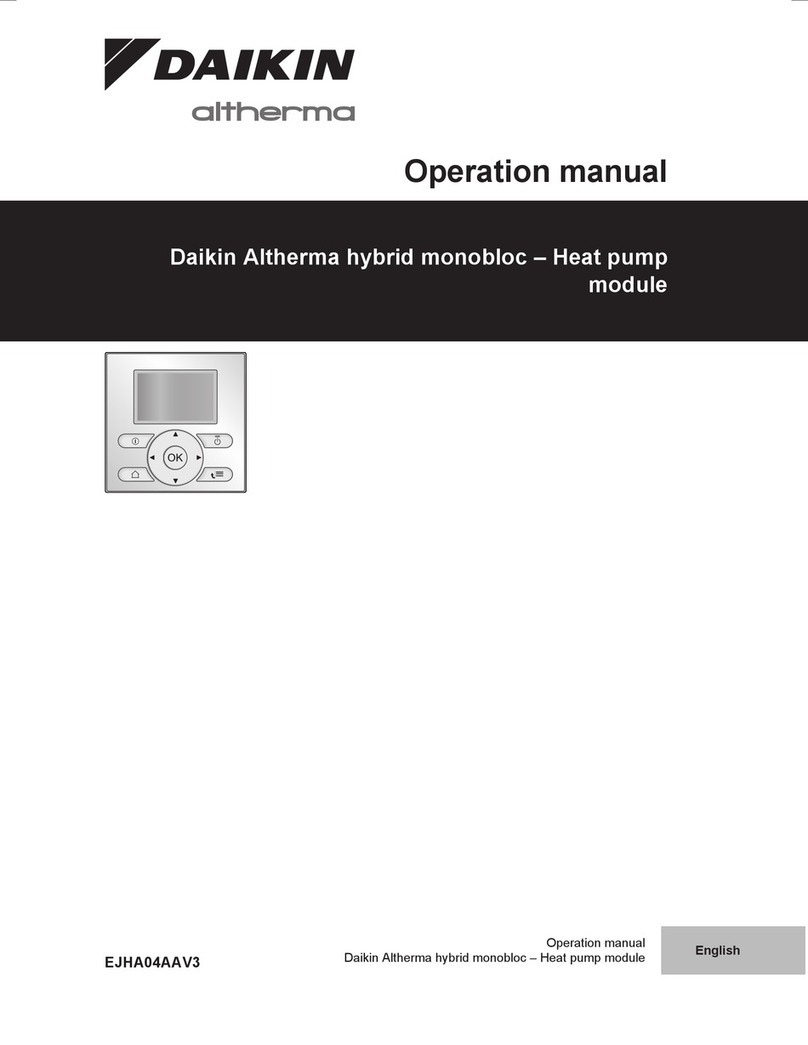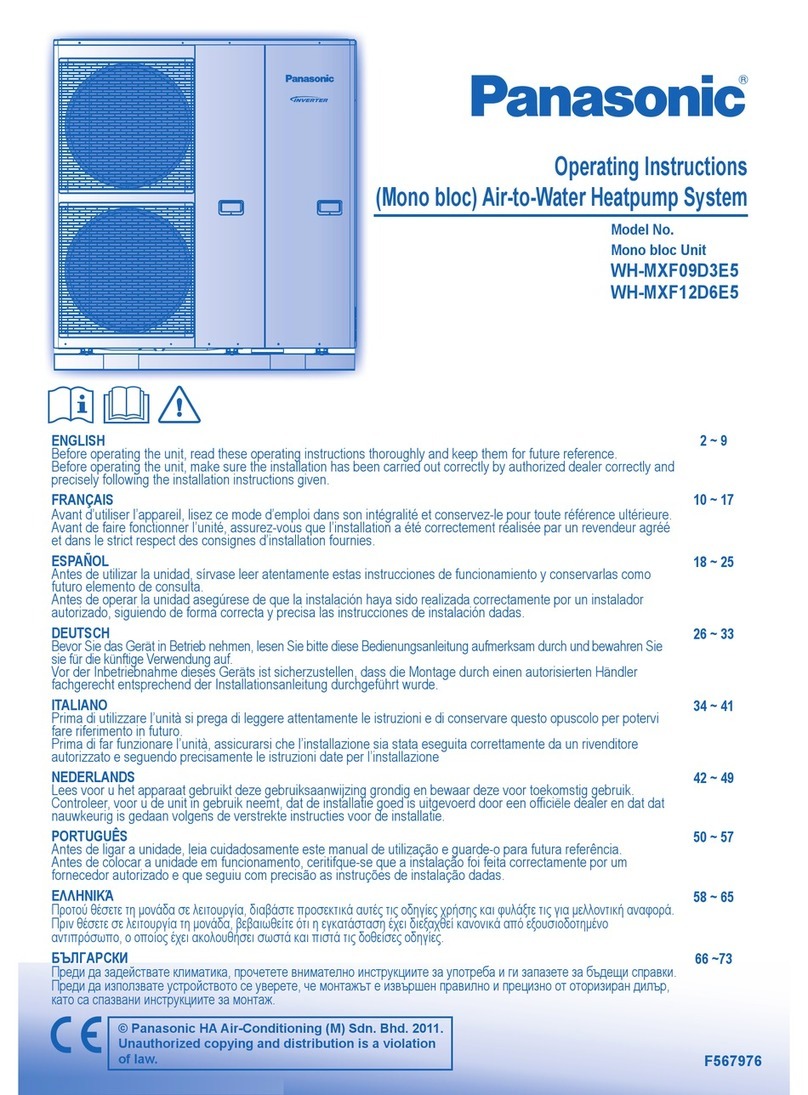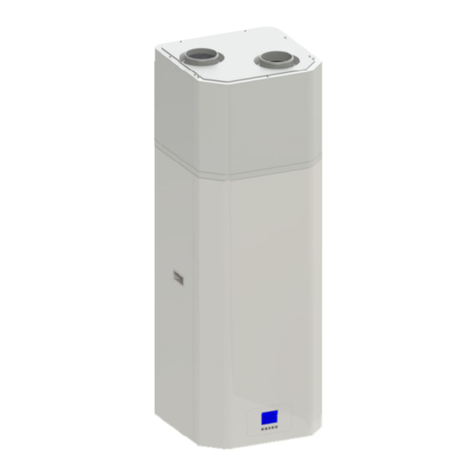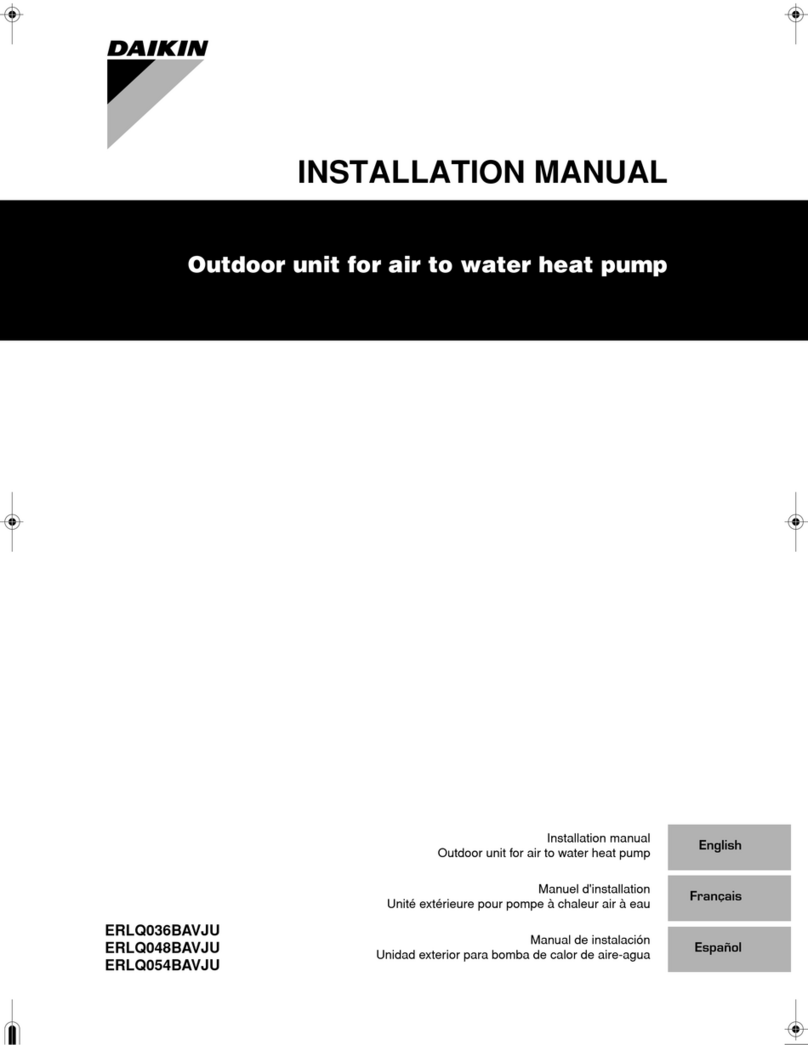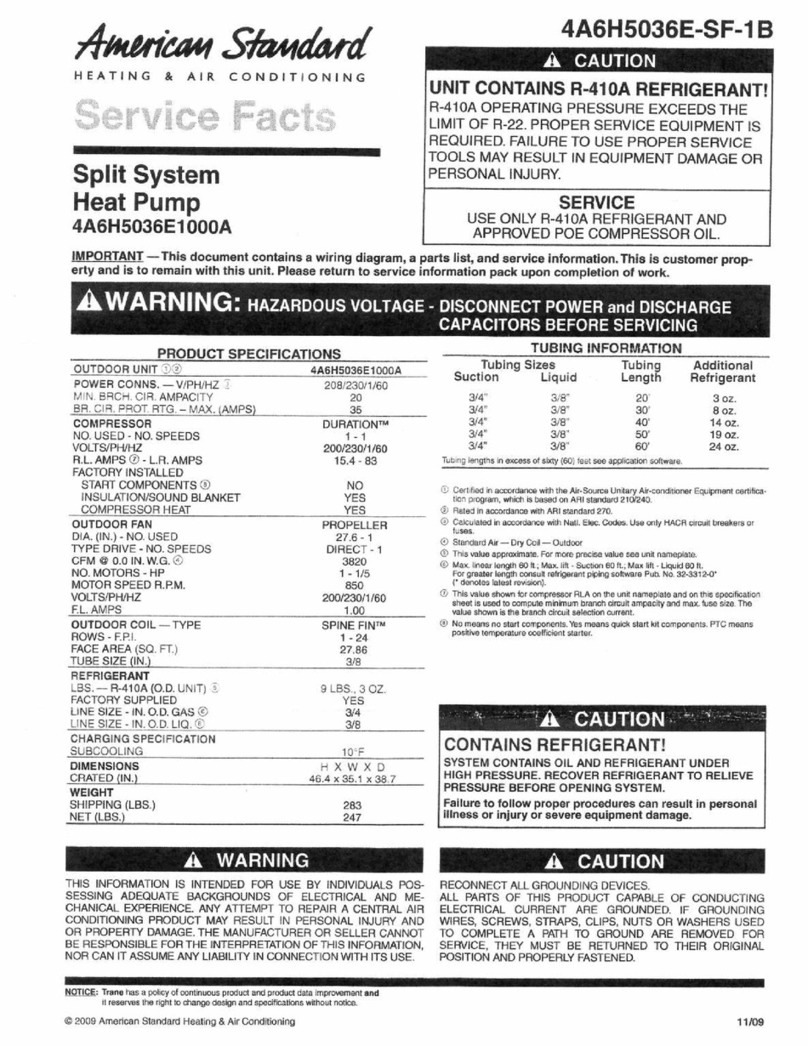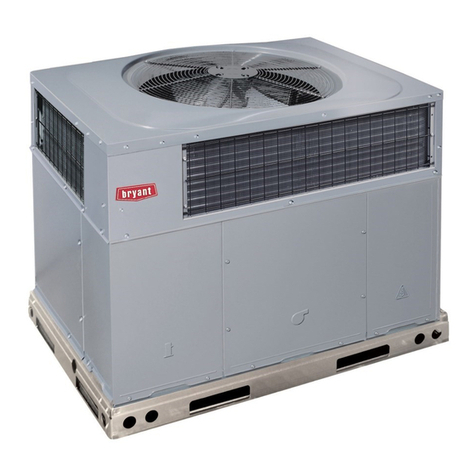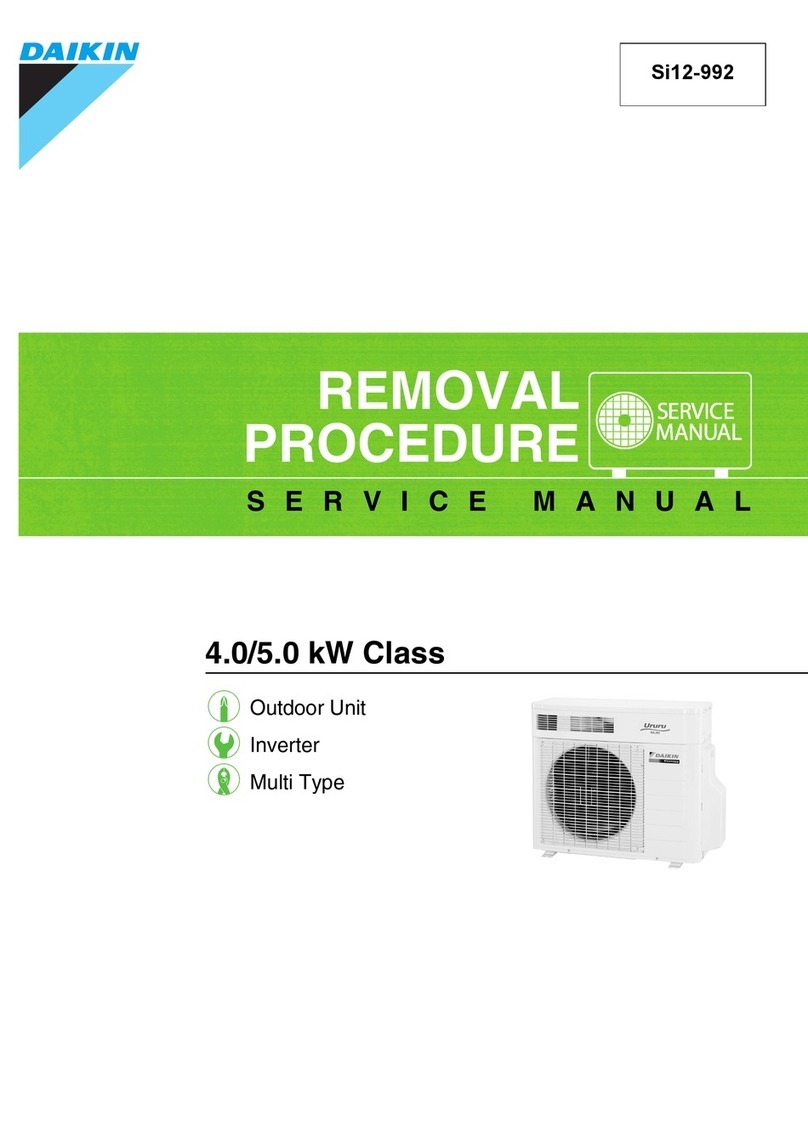
Heating engineer
18
3
3.7.1 System water characteristics
In order to avoid any scale or deposits on the pri-
mary exchanger, the water in the system must be
treated in accordance with the applicable stand-
ards. This treatment is absolutely essential in cases
where there are frequent episodes of water supply
or partial or total emptying of the system.
The lling and top-up water bring some amount of cal-
cium into the system. This is attached to the hot parts in-
cluding the heat exchanger, thus creating pressure drops
and thermal insulation on the active parts. This can lead
to damage.
If the lling and top-up water of the system is outside the
values indicated below, it must be softened and/or chem-
ically treated. Additives may also be added to keep the
calcium in solution. Hardness should be checked regularly
and recorded on the system logbook.
The choice of the type of treatment must be made accord-
ing to the characteristics of the water to be treated, the
type of plant and the limits of purity required.
Free chlorine or water hardness may damage the
appliance.
Adhere to the chemical-physical parameters in Table
3.2
p. 18
and the regulations on water treatment for
residential and industrial heating systems.
Table3.2Chemical and physical parameters of water
Chemical and physical parameters of water in heating/cooling systems
Parameter Measurement unit Required value
pH / > 7 (1)
Chlorides mg/l < 125 (2)
Total hardness
(CaCO3)
°f < 15
°d < 8,4
Iron mg/kg < 0,5 (3)
Copper mg/kg < 0,1 (3)
Aluminium mg/l < 1
Langelier’s index / 0-0,4
Harmful substances
Free chlorine mg/l < 0,2 (3)
Fluorides mg/l < 1
Sulphides ABSENT
1 With aluminium or light alloys radiators, pH must also be lower than 8 (in
compliance with applicable rules)
2 Value referred to the maximum water temperature of 80 °C
3 In compliance with applicable rules
3.7.2 Choice of treatment
The characteristics of the system water must comply with
those detailed in Paragraph 3.7.1
p.18
.
The choice of a possible chemical conditioning system
or the addition of plant water additives is subject to the
designer, depending on the quality of water detected by
qualied personnel.
It must always be veried (through the technical oce of
the company producing the additive) that adding it to the
plant water does not cause any such alterations to come
out of the required parameters.
3.7.3 Water topping up
The chemical-physical properties of the system's water
may alter over time, resulting in poor operation or exces-
sive topping up.
▶
Ensure there are no leaks in the installation.
▶
Periodically check the chemical-physical parameters
of the water, particularly in case of automatic topping
up.
Chemical conditioning and washing
Water treatment/conditioning or system washing
carried out carelessly may result in risks for the ap-
pliance, the system, the environment and health.
Contact specialised rms or professionals for water
treatment or system washing.
Check compatibility of treatment or washing prod-
ucts with operating conditions.
Do not use aggressive substances for stainless steel
or copper.
Do not leave washing residues.
3.8 SYSTEM FILLING
How to ll up the system
After completing all water, electrical and gas
connections:
1. Pressurise (at least 1,5 bar) and vent the hydraulic
circuit.
2. Let water ow (with burner o) by activating the
service request and deactivating it before the
burner is ignited.
3. Check and clean the lter on the inlet pipe.
4. Repeat items 1, 2 and 3 until the pressure has stabi-
lised (at least 1,5 bar).
3.9 FUEL GAS SUPPLY
3.9.1 Gas connection
3/4" F on the left side, at the top, side panel (detail G Fig-
ures 1.1
p.9
1.2
p.10
).
▶
Install an anti-vibration connection between the ap-
pliance and the gas piping.
3.9.2 Mandatory shut-o valve
▶
Provide a gas shut-o valve (manual) on the gas supply
line, next to the appliance, to isolate it when required.
▶
Perform connection in compliance with applicable
regulations.
3.9.3 Gas pipes sizing
The gas pipes must not cause excessive pressure drops
and, consequently, insucient gas pressure for the
appliance.
3.9.4 Supply gas pressure
This appliance is equipped for a maximum gas
supply pressure of 50 mbar.






















